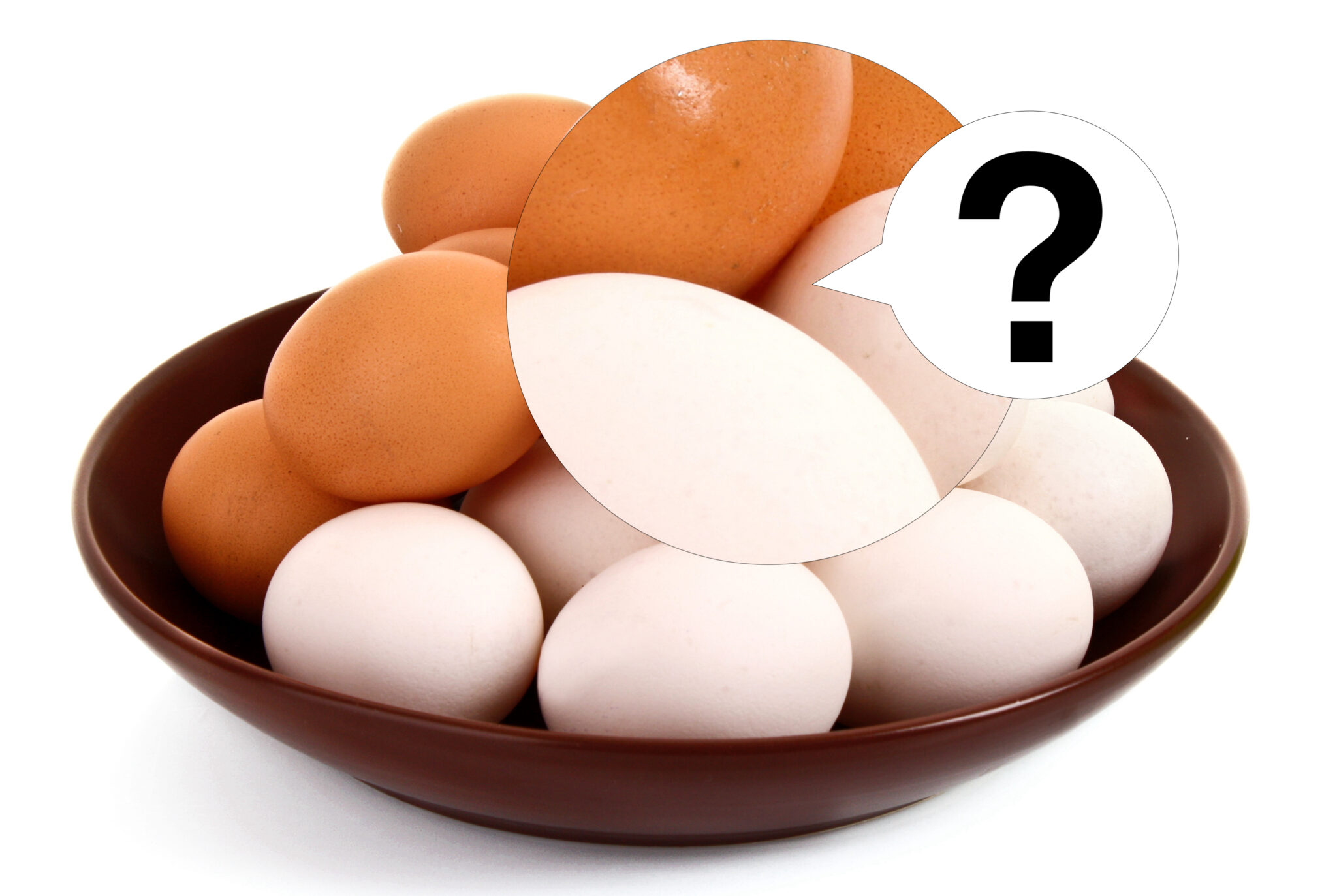What makes brown eggs different from white eggs? Is it a misconception that brown eggs are healthier, or is it the truth?

The unwritten law of food is that brown is preferable. Brown bread, whole wheat pasta, crackers, and sugar are all much better options than their white equivalents. What about brown eggs, though? While some individuals feel that white eggs are more hygienic or just taste better, others feel that brown eggs are healthier or more organic.
You might have noticed that brown eggs nearly always cost more than white eggs when you go egg shopping. Maybe you purchase white eggs since that’s what you ate growing up. Or perhaps you’ve adopted brown eggs as your go-to because someone informed you they were healthier.
Do you know why white and brown eggs cost differently even though they clearly have distinct appearances?
Here are some things to consider when buying a dozen of eggs, including the difference between brown and white eggs.
Why Eggs are Different in Color
Chicken eggs can be any hue, and brown and white eggs are frequently found in supermarkets. However, a lot of individuals are unaware of the reasons why distinct colored eggs exist.
The answer is really straightforward: the breed of chicken determines the color of the egg.
Brown-feathered hens with red earlobes lay brown eggs, while white-feathered birds with white or light-colored earlobes lay white eggs.
Egg color can sometimes be predicted by earlobe color, however this is not always the case. For instance, the Araucana breed of red-earlobed hens frequently lays blue eggs but can also produce green, pink, or even lavender ones.

The pigments that the chickens generate give the eggshells their various colors. Protoporphyrin IX, the primary pigment in brown eggshells, is referred to. Heme, the substance that gives blood its red color, is used to make it.
Biliverdin, which is the primary pigment of blue eggshells, is derived from heme as well. The pigment that occasionally gives bruises a blue-green hue is the same one.
Although genetics is the primary element influencing egg color, other factors might also play a role. For instance, hens who lay brown eggs typically produce larger, lighter-colored eggs as they age.
In some cases, the environment, nutrition, and stress level of the hen might also have an impact on shell color. The color itself won’t necessarily change as a result of these factors, but they can make the shade lighter or darker. The breed is still the key determinant of color.








